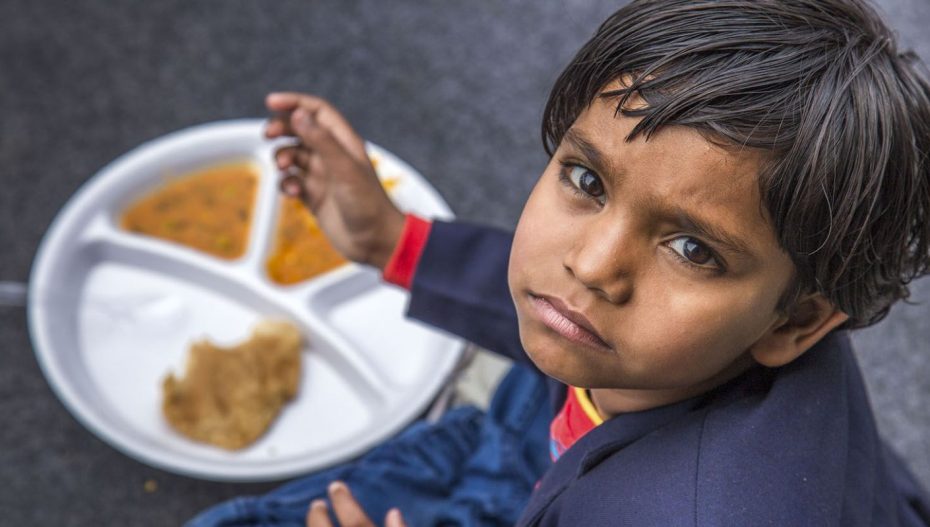Children in Gujarat have been found severely deficient of vitamin B12. In a joint study by the National Institute of Nutrition, Hyderabad, St John’s Medical College, Bangalore and Sitaram Bhartia Institute of Science and Research, New Delhi, it was found that Gujarat is among the leading states with vitamin B12 and folate deficiency in children and teenagers.
Gujarat has the highest proportion of children in the 1 to 4 years age group having vitamin B12 deficiency at 29.2%. It also stood eighth among Indian states in folate deficiency in this age group.
Vitamin B12 and folate are micronutrients crucial for many bodily functions. Folate has many uses, like B12 and folate work together to build DNA, red blood cells and nerve cells. These micronutrients are especially important for children’s growth and development.
The study covered 1.05 lakh children and adolescents in the country — of which 33,880 were children between 1 to 9 years and 38,750 were adolescents between 10 and 19 years.
It analysed data from the Indian Comprehensive National Nutrition Survey (CNNS) published in the August 2023 edition of the journal of the National Library of Sciences. The findings paint a worrying picture, with states such as Gujarat and Punjab emerging as hotspots for B12 deficiency, while West Bengal and Kerala boast the lowest levels of deficiency.
Adolescents were found to be the most vulnerable, with 47.6% facing B12 deficiency in Gujarat. This figure was 59.4% for folate. Dr Urman Dhruv, an Ahmedabad-based physician, said, “Vitamin B12 is present in all meats, fish and eggs and this deficiency is largely prevalent among those who have vegetarian diets. For them I suggest all green leafy vegetables and bananas among fruits which are helpful for commensal bacteria in our intestines to help in vitamin B12 absorption. Our daily vitamin B12 requirement is 5 micrograms.”
Folate deficiency followed a similar pattern in the CNNS study, with Nagaland and Andhra Pradesh leading the pack and Sikkim trailing closely behind. Notably, the prevalence of both deficiencies increased with age across most states, indicating a critical gap in adequate vitamin intake through childhood and adolescence.
The study also revealed that while the central region grappled with high B12 deficiency across all age groups, the Northeast had the worst folate deficiency among preschoolers. The west and south emerged as hotspots for folate deficiency in school-age children and adolescents, respectively.
The study found, “No association between B12 deficiency and household wealth. Higher folate deficiency was observed in children and adolescents from richer families, suggesting potential discrepancies in dietary choices or inadequate knowledge about nutrition.” Lack of quality drinking water emerged as a significant risk factor for folate deficiency across age groups, hinting at the importance of safe water access for optimal vitamin absorption.
Also Read: Gujarat Celebrates Ram Lalla’s Consecration with Religious Fervour












